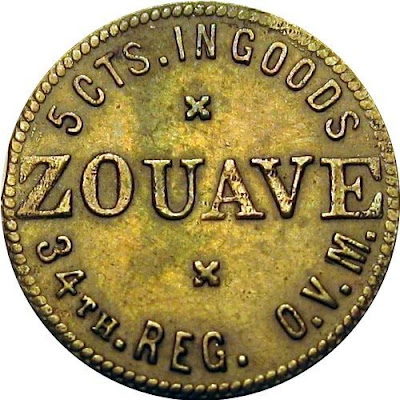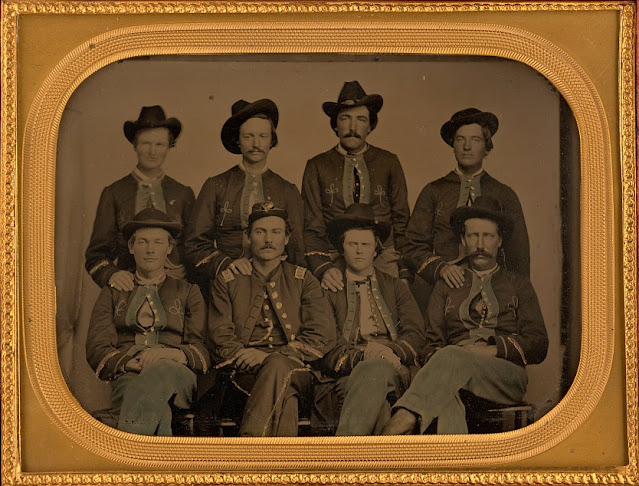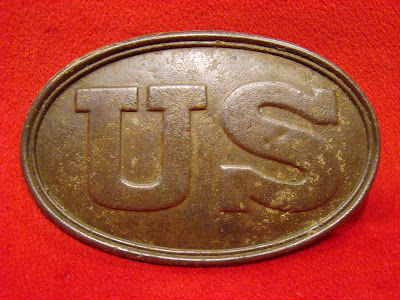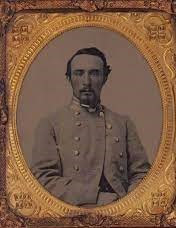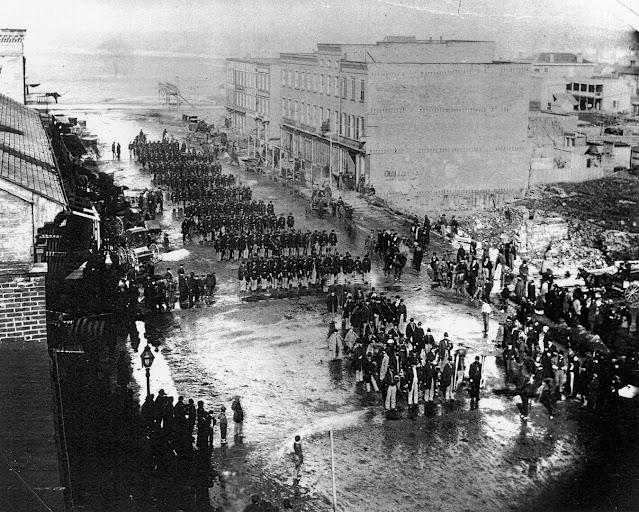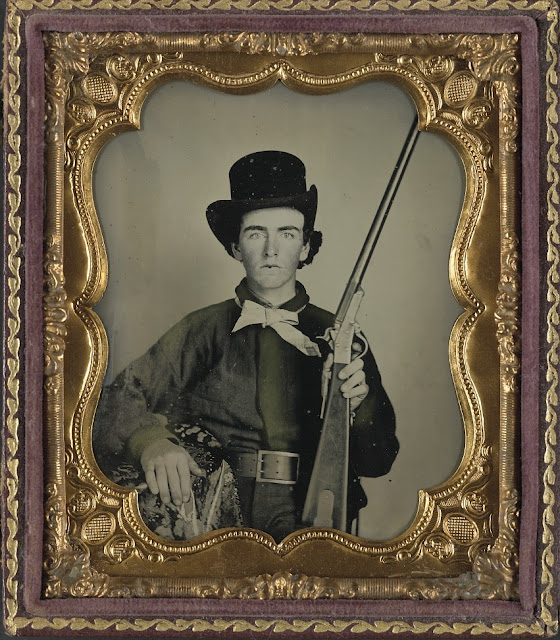Vignettes of the Battle of Franklin

T he Battle of Franklin, fought on Wednesday, November 30, 1864, is widely regarded as one of the hardest fought battles of the Western Theater during the Civil War. The Army of Tennessee under General John Bell Hood clashed with a retreating Federal force commanded by General John M. Schofield as the sun set over the small Harpeth River town of Franklin, Tennessee, and in the ensuing hours of ferocious combat inflicted more than 8,500 casualties upon each other. The personal accounts from eight men who fought at Franklin give us some sense of the ferocity of this struggle, and the sense of loss felt on both sides of the battle. Reading these accounts, you'll experience the audacity of the Confederate charge as viewed from both sides of the line, ride alongside Generals Hiram Granbury and Pat Cleburne in their final moments, read an incredible story of heroism as one Tennessean recalls how he captured a Federal flag, rush forward with an Illinois veteran in Opdycke's char...

